Dismal Swamp - a modern tourism venture set in an ancient karst sinkhole
Planning Coordinator, Murchison District, Forestry
Email: ian.brumby@forestrytas.com.au
Abstract
Dismal Swamp is a polje or large sinkhole at Togari in the far north-west of Tasmania. The swamp was a source of valuable blackwood timber for several generations but was reserved in the 1970s to prevent it from being converted to pasture. Dismal Swamp has been developed by Forestry Tasmania into a modern tourism attraction that includes a sensitively constructed visitor centre, the option to descend to the sinkhole floor via a 110 metre slide ride, a maze of paths that take the visitor into secluded crannies of the ancient blackwood forest and the installation of artistic pieces that give people opportunities for contemplation.
Besides allowing visitors to experience the blackwood swamp forest, the development of the site successfully sought to showcase Tasmania’s fine timbers. Since opening in 2004, the site has had successes and challenges as a tourism destination. In late 2010, Forestry Tasmania leased the business, now known as Tarkine Forest Adventures, to private operators Graham and Michelle Gallaher.
Introduction
Dismal Swamp is a 600 ha polje in a Forest Reserve managed by Forestry Tasmania. A small part is “Nature, Recreation and Conservation Area” and is managed by Parks and Wildlife. Currently, the Southwest quarter of the swamp is zoned as multiple use forest and harvesting activities may occur there although use of tracked or wheeled machinery is not permitted. Historically, blackwood trees in the swamp had been harvested for several generations until a forester named Wes Beckett proposed the area as a reserve. Wes saw that Dismal Swamp was particularly important because of the underlying karst as well as the magnificent blackwood forests. A number of nearby blackwood forest swamps had been logged and cleared for agriculture, in particular dairy farming.
Forestry Tasmania developed the Dismal Swamp eco tourism site in 2003 and it was officially opened in 2004. Progressive changes were made to the site between 2004 and 2010. A significant addition was the development of “The Edge” Mountain Bike Track to provide further diversification to the site. In late 2010 Forestry Tasmania leased the site to the current managers, Graeme and Michelle Gallagher.
Why was Dismal Swamp developed as a Tourist Site?
In the late 1990’s the board of Forestry Tasmania set the goal that 10% of income for FT should come from Eco-tourism. The first eco-tourism site developed by FT was Tahune Airwalk near Geeveston. The Airwalk has proven to be a very successful venture and it was hoped Dismal Swamp would follow suit.
Local tourism operators in Circular Head, in the far Northwest of Tasmania, supported the development as it would draw tourists further into the region. Previously the trend was tourists would come for a day visit to Circular Head, generally as far west as Stanley, and then return to Burnie or Devonport. It was thought that Dismal Swamp would draw the tourists deep into the Circular Head region, increase the number of overnight stays and provide more business for the other tourists attractions.
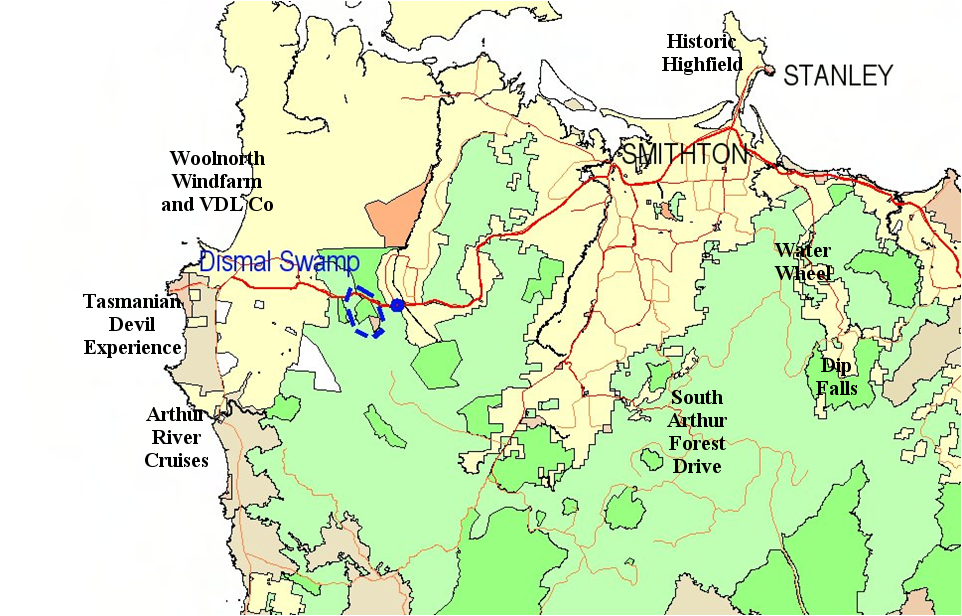
Figure 1. Location of Dismal Swamp and surrounding tourist attractions.
Local sawmillers and timber workers were also keen to see Dismal Swamp developed into a site that showcased Tasmania’s specialty timbers, particularly blackwood (Acacia melanoxylon). At the Dismal Swamp site it is possible to see where and how the blackwood trees grow as well as seeing blackwood timber highlighted as furniture and as a building material in the visitors centre.
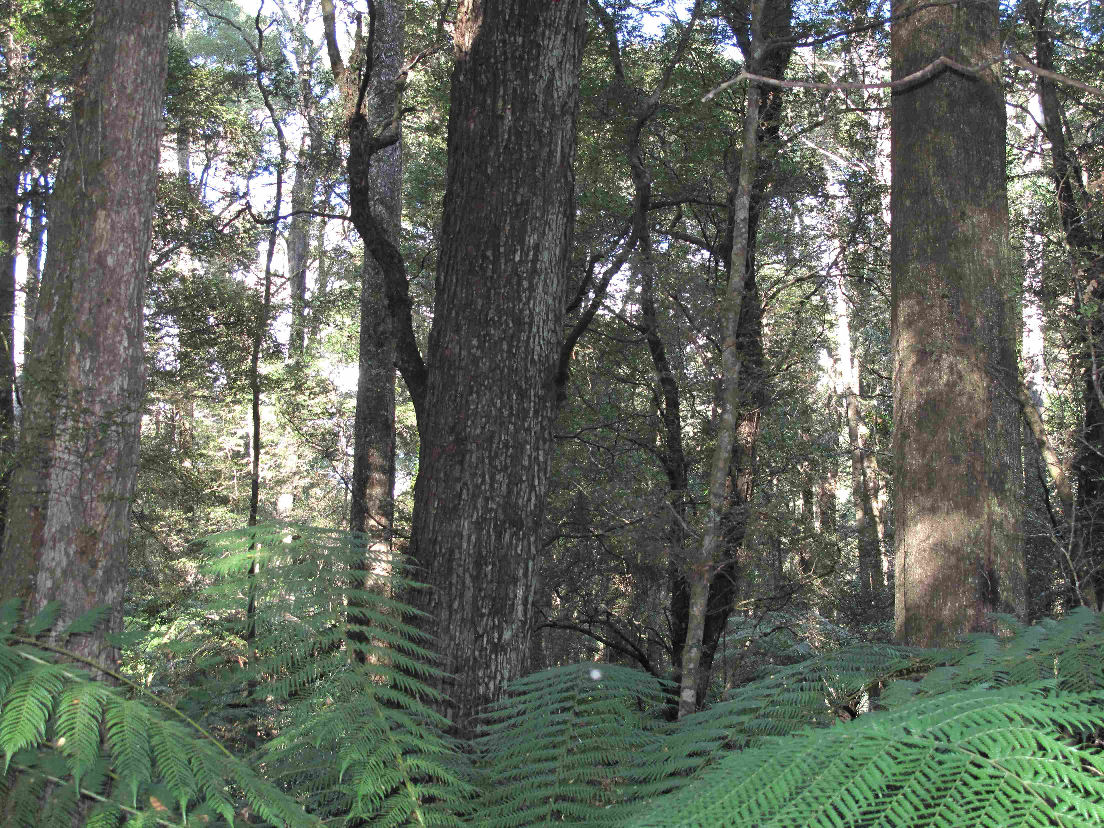
Figure 2. Blackwood trees growing in the swamp.
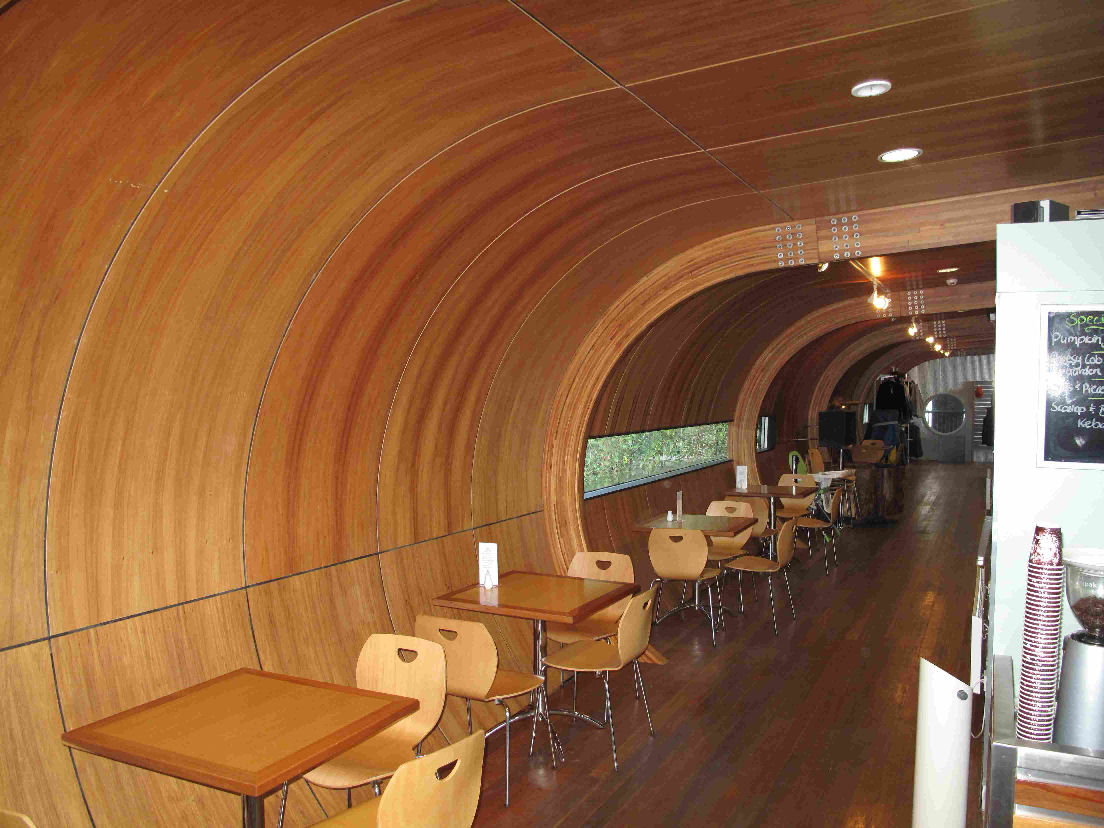
Figure 3. Blackwood timbers used in the visitor centre.
Concepts of Development
Evan Rolley was the Managing Director of Forestry Tasmania during the period when the Dismal Swamp Eco-tourism site was conceived and developed. Evan strongly believed there should be minimal disturbance to the natural environment and wanted it to appear that the infrastructure had just been carefully placed into the forest.
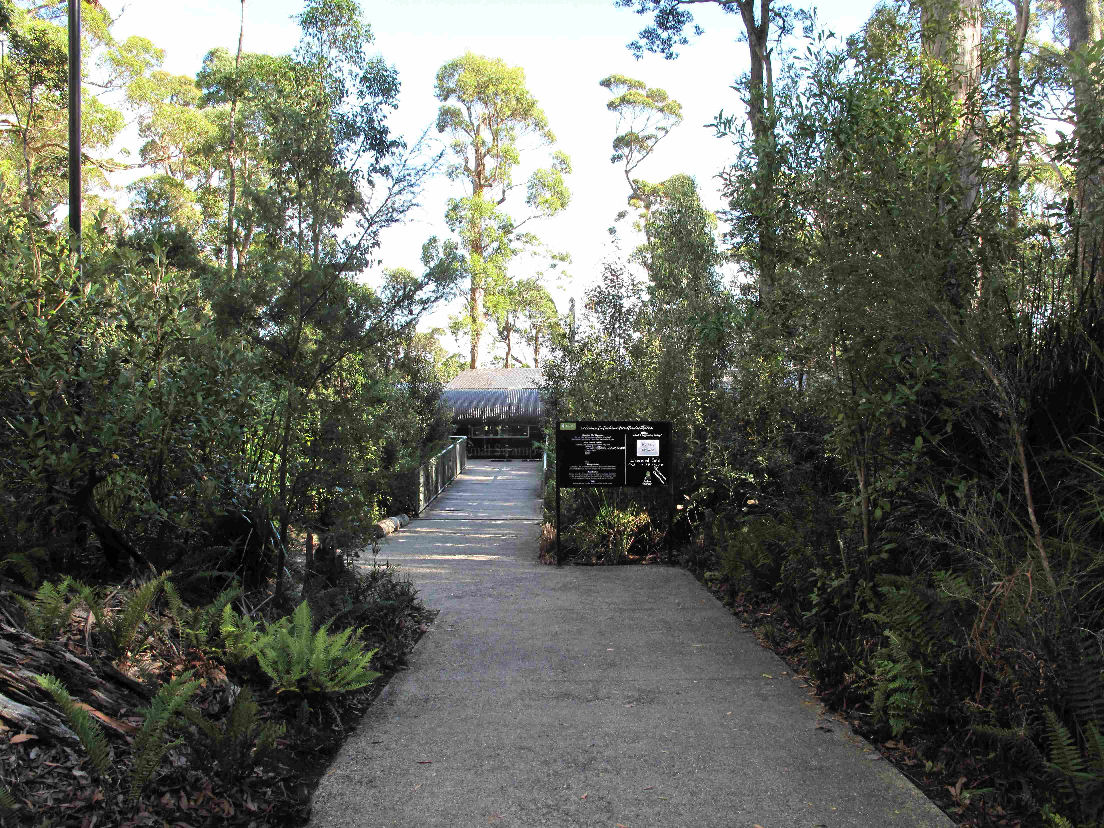
Figure 4. Presence of the visitor centre has low visual impact.
The aim of the tourist site was to have definite elements of adventure, mystery and discovery. A competition was run in which Tasmania’s leading architects were invited to visit the area and then propose a design that would highlight the magnificence of the site. There was a very open brief given so that the designers could interpret the site in their own way.
Prudence Cotton from the firm Jaws 2 was employed to oversee the development of interpretation for the site. Pru did not want the site cluttered with excessive signage but instead used the subtlety of artwork to draw tourists attention to the wonders of nature in the swamp.
Development Challenges
A location immediately beside the Bass Highway was originally chosen for a tourist development of some kind. This original site had numerous limitations so the current site was chosen instead to allow safer access from the highway and more room for car parking. It also allowed the visitor centre to be built on the edge of the sinkhole with opportunity for views overlooking the blackwood forest on the swamp floor.
A challenge was made to the development application questioning the measures to manage erosion and sediment runoff into the sinkhole and karst systems. Concerns regarding the use of treated pine timber in the construction of the boardwalks were also raised. Through the (REMPAT) Arbitration commission these issues were resolved and extra boardwalk was used to minimise side cutting of the steep slopes on the edge of the sinkhole. Treated pine was approved for use as long as it was contained within cement foundations. The challenge to the development application had the unfortunate result of delaying construction by several months so the majority of the construction was carried out in the wettest months of the year.
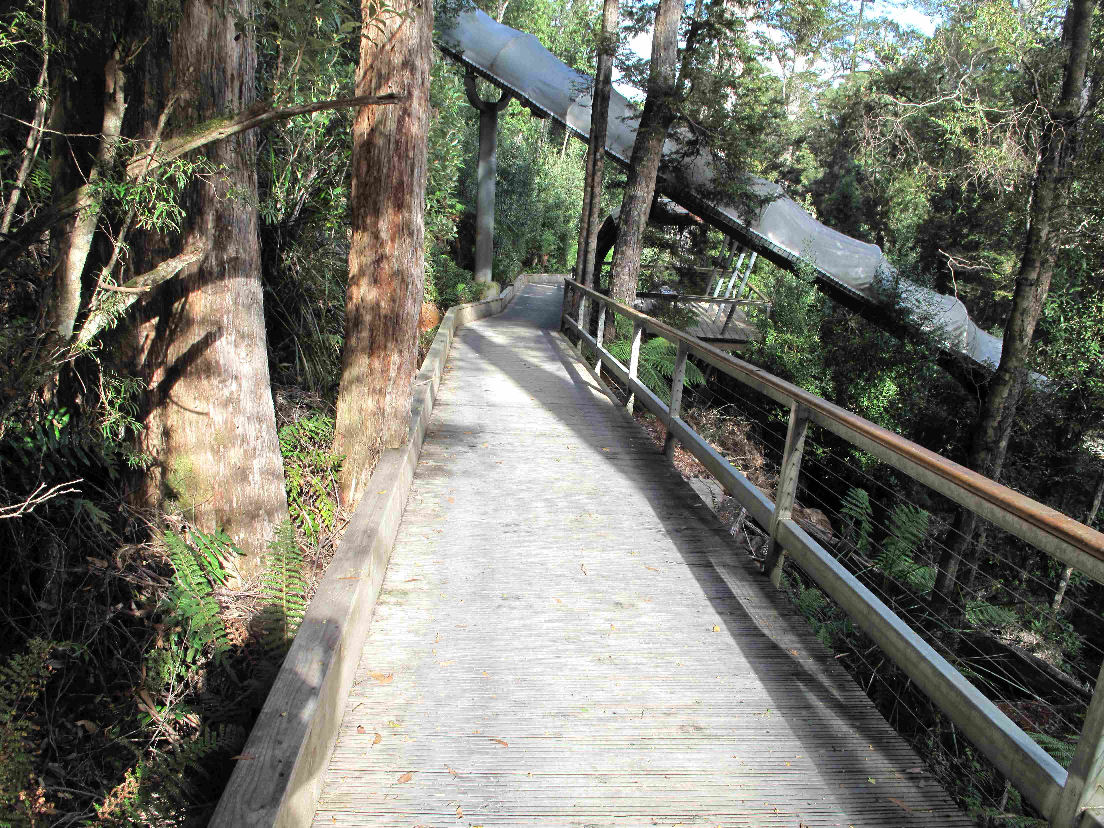
Figure 5. Use of boardwalk to minimise erosion on sides of sinkhole.
Construction of the slide also posed some problems. Much had to be developed by careful planning and calculation because there were not any similar structures in Australia that could be copied. The slide is 110m long and tourists reach 25 to 30 km/h as they descend the slide on special mats. Over the years numerous types and designs of mats have been trialled to achieve an exciting ride while staying within the parameters of acceptable risk.
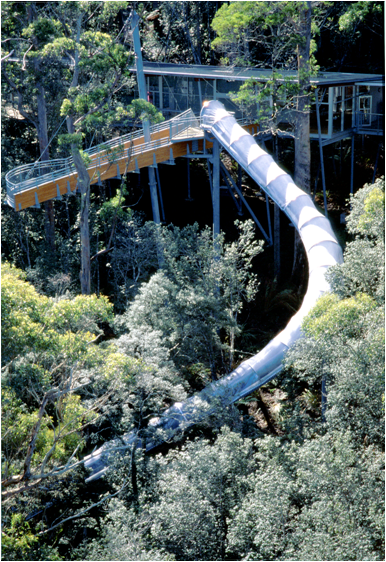
Figure 6. The slide.
Since the site is not connected to municipal amenities careful thought has been given to collection and provision of safe drinking water and the installation of a ‘Blivet’ to process waste water and sewerage.
Operational Challenges
Initially Dismal Swamp was staffed with specialists who had set jobs. As the years progressed and retaining staff at a remote site became difficult, much more multi-skilling of staff was used. Management of staff working conditions and remuneration under the restricting Human Resources structures of Forestry Tasmania, a large government enterprise, was difficult. It is possible that under the current model the Lessee can be much more flexible with staffing.
The forest setting of the tourist site presents many challenges from an OH&S perspective. The most costly issue is the risk management of hazardous trees. An ongoing commitment to arborist inspections and associated tree-lopping work is essential. Unfortunately, the site needs to close to the public at times of very strong winds (risk of limbs/trees falling)or heavy frosts (very slippery on the boardwalk). Grooved boards were used in the construction of the boardwalks to improve the drainage of water from the boards. Due to the swamp setting the boards stay shaded and damp. Regular pressure cleaning was done to minimise the build-up of slippery lichens and mosses. Due to the design of the slide which provides for an exhilarating ride, there have been a number of minor accidents and injuries to patrons. Ongoing management has resulted in changes to the material the slide mats are made from. Another change has been that the mats now enclose the slider’s feet and legs. Further modifications have been made to the base of the slide. The last 3m have been elevated and a large foam stopper has been installed.
Artistic Interpretation
There are numerous artworks featured at Dismal Swamp, particularly within the maze of tracks on the swamp floor. Along with the swamp forest, the artwork is intertwined with mystery and imagination. The artists specifically chose to use their art to provoke questioning and exploration. They encourage the tourists to feel and sense the swamp and be a part of it. They deliver the message that the more you look into the artwork and the swamp, the more you see. One artist simply placed some chairs so that a visitor can sit and realise that nature doesn’t just inspire the artwork, it “is” the artwork.
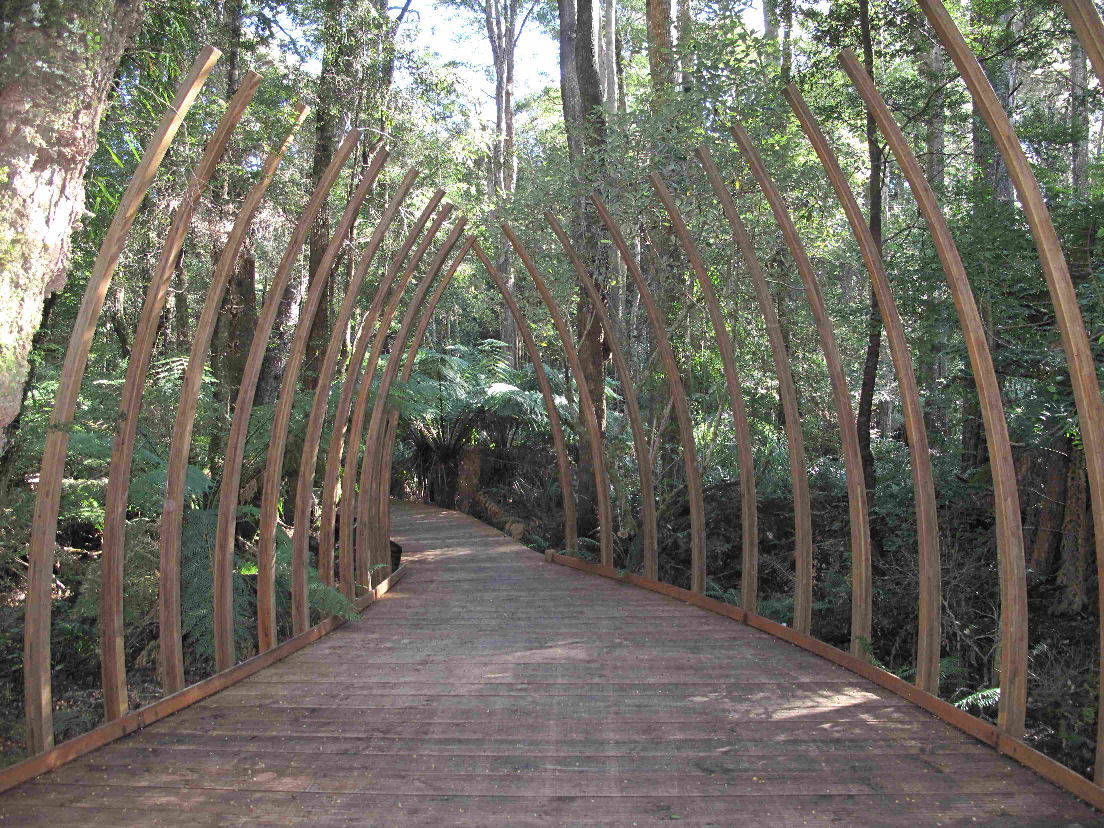
Figure 7 The Living Room, or is it the rib cage of a pre-historic mammal buried in the swamp?
Specific Karst Interpretation
In keeping with the themes of mystery and discovery, there is not a huge amount of explanation of the geomorphological attributes of the polje. There are some simple references to sinkholes and the mysteries of karst drainage on pamphlets and some small signs in the maze.
What has worked?
The infrastructure of the site has been very successful with very few exceptions. The cafe serving fine Tasmanian food and beverages continues to be a highlight for tourists wishing to sit and take in the beautiful forest views. The cantilever continues to provide an exciting place to stand and gaze out over the blackwood forests. The steel mesh floor of the cantilever platform allows tourists to look down into the forest below their feet and tests the nerve of those who are not comfortable with heights. The slide is still a draw card particularly for teenagers starting to feel bored on the family holiday. One could walk around the maze for hours (even without being lost!) enjoying the intricate sights and sounds of the blackwood forest.
A small farm buggy is a valuable asset for the site to help elderly tourists travel between the visitor centre and the maze. It doubles as the workhorse to bring the trailer of mats from the bottom back to the top of the slide.

Figure 8 The Cantilever Viewing Platform.
What hasn’t worked
There have been a couple of initiatives that haven’t worked. A self guided tour was developed that made use of iPods to convey the stories of the swamp to tourists as they walked around. A package was developed for night tours that similarly did not take off.
One difficulty in the visitor centre has been managing the temperature in the cafe area on hot summer days. Since the kitchen is open-plan, the main doors can't be left open on hot summer days to allow the breeze to flow through because many flies enter the cafe and the kitchen.
Dismal Swamp has not attracted the numbers of visitors that it was expected to attract. Forestry Tasmania's other eco-tourism sites have continued to show growth in the numbers visiting. A key tourist group that Dismal Swamp should attract are those that come into the state with their own car and plenty of time to travel and explore. Statistics show that the number of visitors to the north-west of Tasmania that arrived by sea (Spirit of Tasmania) peaked in 2003 and has declined since then. During the time that Dismal Swamp tourist site was being planned the ‘target audience’ numbers were increasing but just as Dismal opened, the numbers declined.
Acknowledgements
Thankyou to Dean Tuson from Forestry Tasmania for delivering this presentation at the conference.